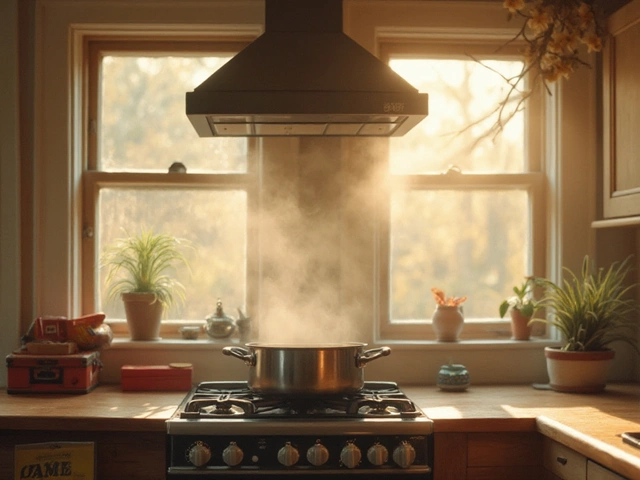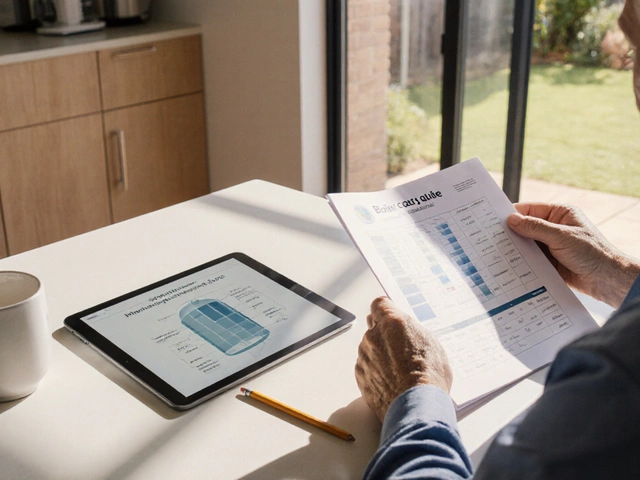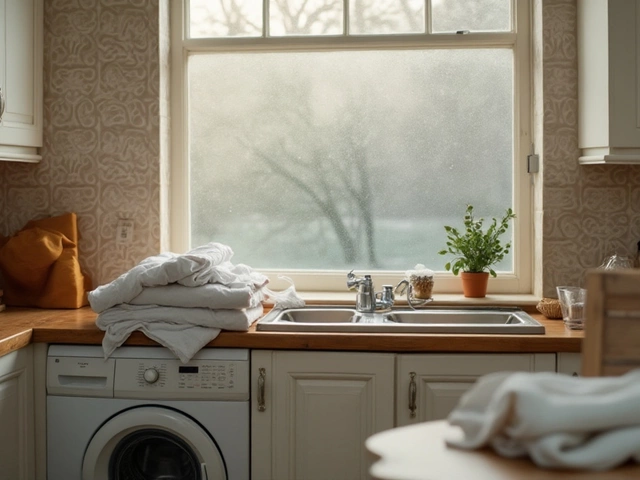Refrigerator Troubleshooting: Simple Steps to Get Your Fridge Working Again
If your fridge is making a humming sound, the freezer is full of ice, or the temperature just isn't cold enough, you’re probably wondering where to start. The good news is many fridge problems are easy to spot and fix without calling a technician. Below are the most common issues, why they happen, and what you can do right now.
Why Your Fridge Might Not Be Cooling
The first thing to check is the power supply. Make sure the plug is firmly in the socket and that the circuit breaker hasn’t tripped. If the lights inside the fridge are off, you’re looking at an electrical issue, and you should reset the breaker or try a different outlet.
Next, examine the thermostat setting. Many people set it too high, thinking it will keep food fresher, but a higher setting makes the compressor work harder and can actually raise the internal temperature. Set the dial to the middle position and give the fridge a few hours to stabilize.
Dirty condenser coils are another frequent culprit. Over time, dust and pet hair cover the coils at the back or underneath the unit, reducing airflow and causing the compressor to overheat. Pull the fridge away from the wall, unplug it, and use a vacuum brush or a soft cloth to clean the coils. This simple step can improve cooling by up to 20%.
Fixes for Weird Noises and Frost Build‑up
A loud clicking or buzzing noise often means the compressor is cycling on and off too quickly. This can happen if the door seal is damaged, letting warm air in. Inspect the rubber gasket around the door for cracks or gaps. If you find any, a quick replacement will seal the fridge and stop the compressor from overworking.
Frost in the freezer or ice on the back wall usually points to a defrost system failure. First, make sure the freezer door isn’t left open for long periods. If the frost keeps growing, you may have a blocked defrost drain. Melt the ice with a hair dryer (keep it moving to avoid overheating the plastic), then pour a cup of warm water down the drain tube to clear any blockage.
If your fridge is leaking water onto the floor, the most common cause is a clogged or cracked drain pan. Check the pan underneath the fridge; if it’s full, empty it and clean it with mild soap. A cracked pan should be replaced – they’re cheap and keep the floor dry.
Finally, don’t forget to level your fridge. An uneven unit can cause the door to close improperly, leading to temperature swings and excess frost. Use a spirit level on the top edge and adjust the front legs until the fridge sits perfectly horizontal.
These troubleshooting steps cover about 80% of everyday fridge problems. If you’ve tried them and the appliance still isn’t cooling, it’s time to call a professional. A qualified technician can check the sealed system, compressor, or refrigerant levels – tasks that require special tools and safety precautions.
Keeping your fridge in good shape also means regular maintenance: clean the coils every six months, wipe the door seals weekly, and defrost the freezer when ice gets more than a quarter inch thick. A little attention now saves you time, money, and the hassle of a spoiled grocery haul later.






